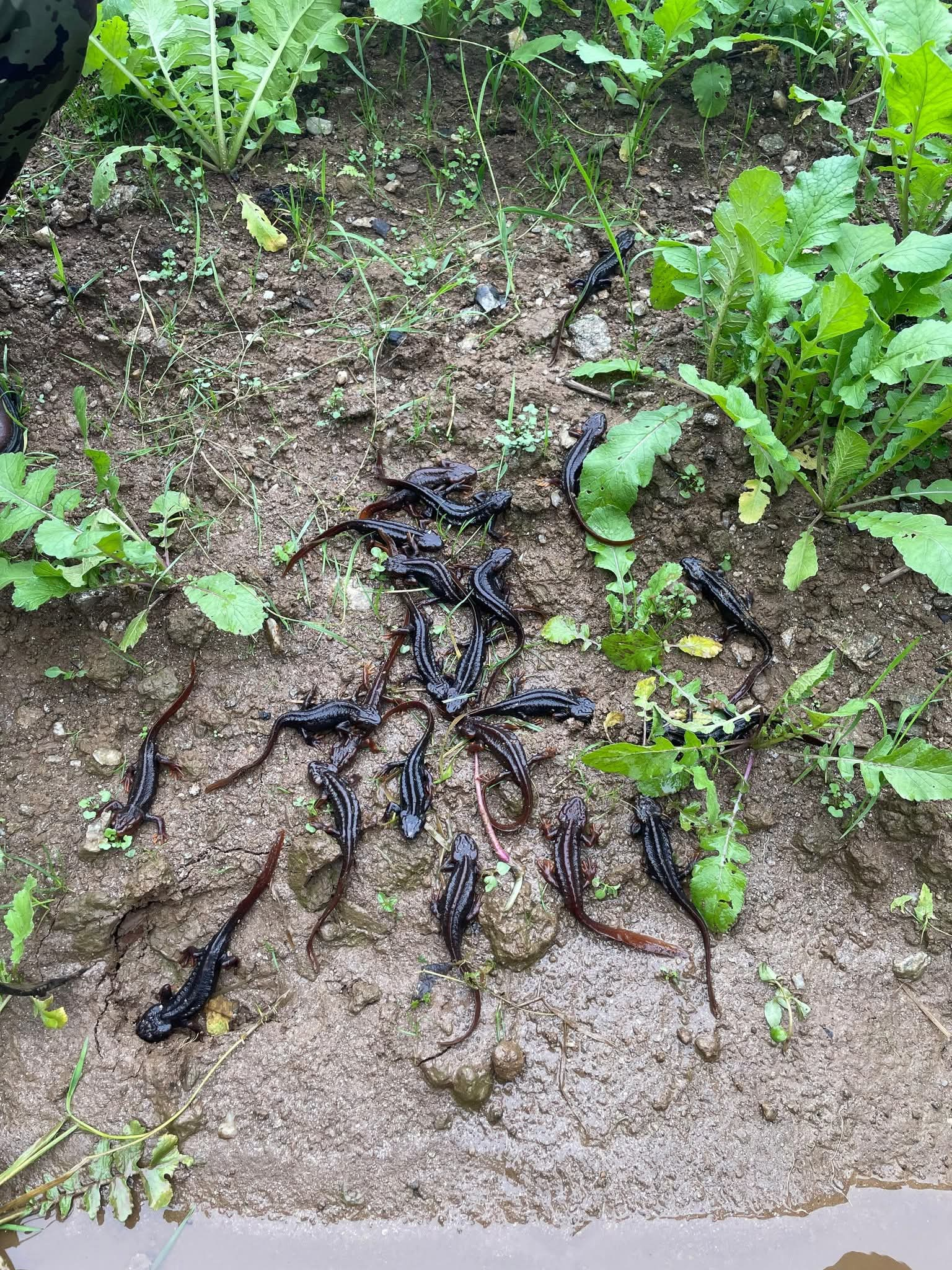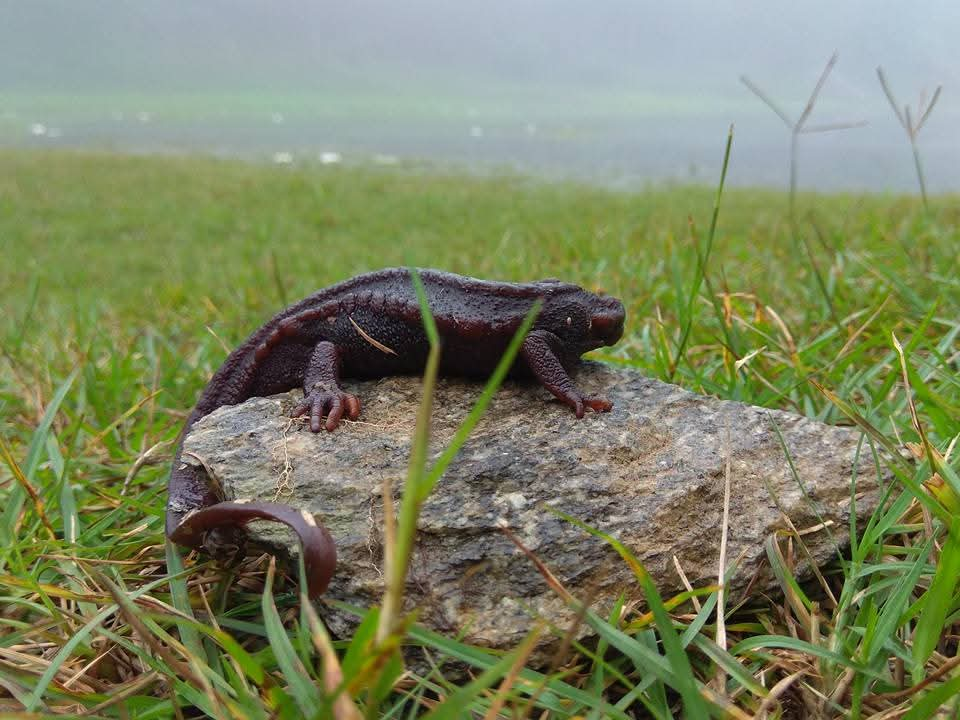Once feared to be slipping into extinction, the elusive Himalayan salamander, or Himalayan newt, is making a remarkable comeback across parts of the Bengal hills, thanks to sustained conservation efforts by the West Bengal Forest Department and local communities.
Listed under Schedule I of the IUCN Red List, this rare amphibian has seen its numbers dwindle due to rapid urbanisation, shrinking habitats, and climate change. Now, thriving populations are being reported from Kurseong, Panch Pokhri, and Namthing Pokhri in Latpanchar, high-altitude regions that lie between 1,200 and 2,550 metres above sea level.
The salamander’s preferred habitats, damp forest floors and serene montane lakes, had been under siege for decades. But a blend of wetland restoration, native grass plantation, and the creation of dedicated breeding zones such as terrariums at the Padmaja Naidu Himalayan Zoological Park has helped reverse the decline.

“This revival is significant not only for the species but for the entire mountain ecosystem,” said Devesh Pandey, Divisional Forest Officer, Kurseong. “Salamanders are indicator species. Their presence directly reflects the health of the ecosystem. A thriving salamander population signifies rich biodiversity and a stable environment.”
Also read: Red panda census starts after 7 yrs in WB's hilly regions
The Himalayan salamander, typically light orange to dark brown in colour, breeds prolifically during the monsoon, its prime reproductive season. The Forest Department has confirmed increased sightings during this time of year, supported by ecological monitoring data.

Their ecological role is vital — feeding on insects, they help regulate pest populations and contribute to nutrient cycling and soil formation. They also serve as prey for birds and reptiles, underlining their importance in sustaining a balanced food web.
Veteran conservationist Kaustov Chowdhury, Secretary of Solitary Nature and Animal Protection, said, “These salamanders are now regularly spotted in Sukhiyapokhri, Tung, and Mirik tea gardens, and the community is actively involved in their protection. Locals now oppose even the slightest disturbance to these animals.”
The involvement of local communities, who once viewed the creature with indifference or superstition, has proven pivotal. Villagers now play the role of protectors, embracing the salamander as a symbol of ecological resilience.
An earlier attempt in 1985 to establish a sanctuary at Jorpokhri had failed despite land allocation. This time, however, officials are optimistic. The Forest Department has announced plans to identify all active habitats and develop them into protected salamander sanctuaries.
If successful, the initiative could serve as a blueprint for amphibian conservation across the Himalayas, where climate and human pressures continue to threaten fragile ecosystems.



